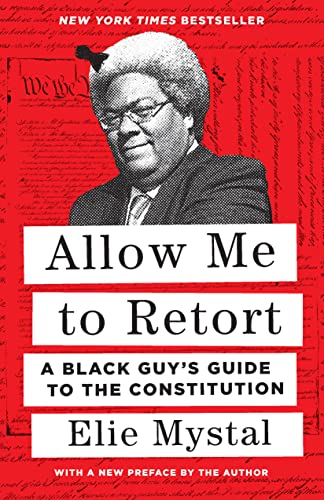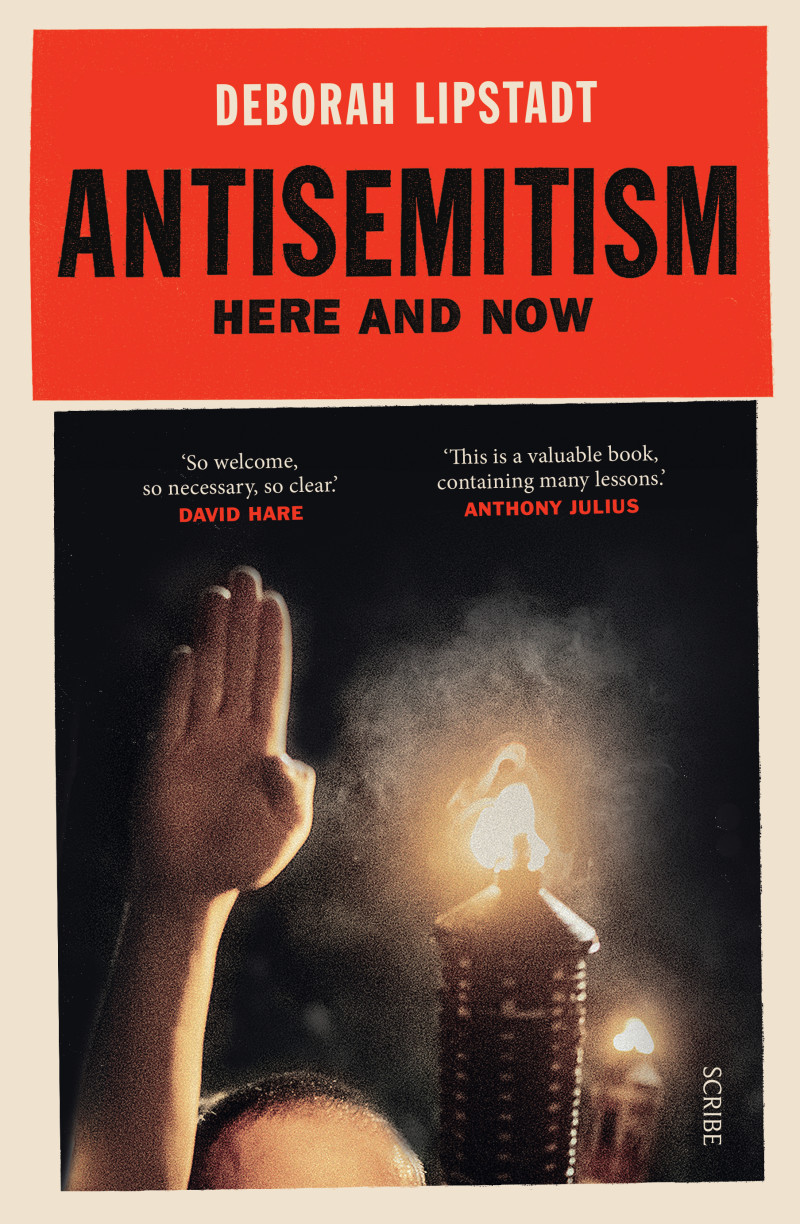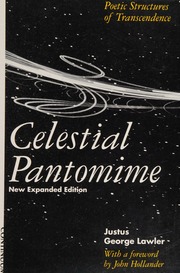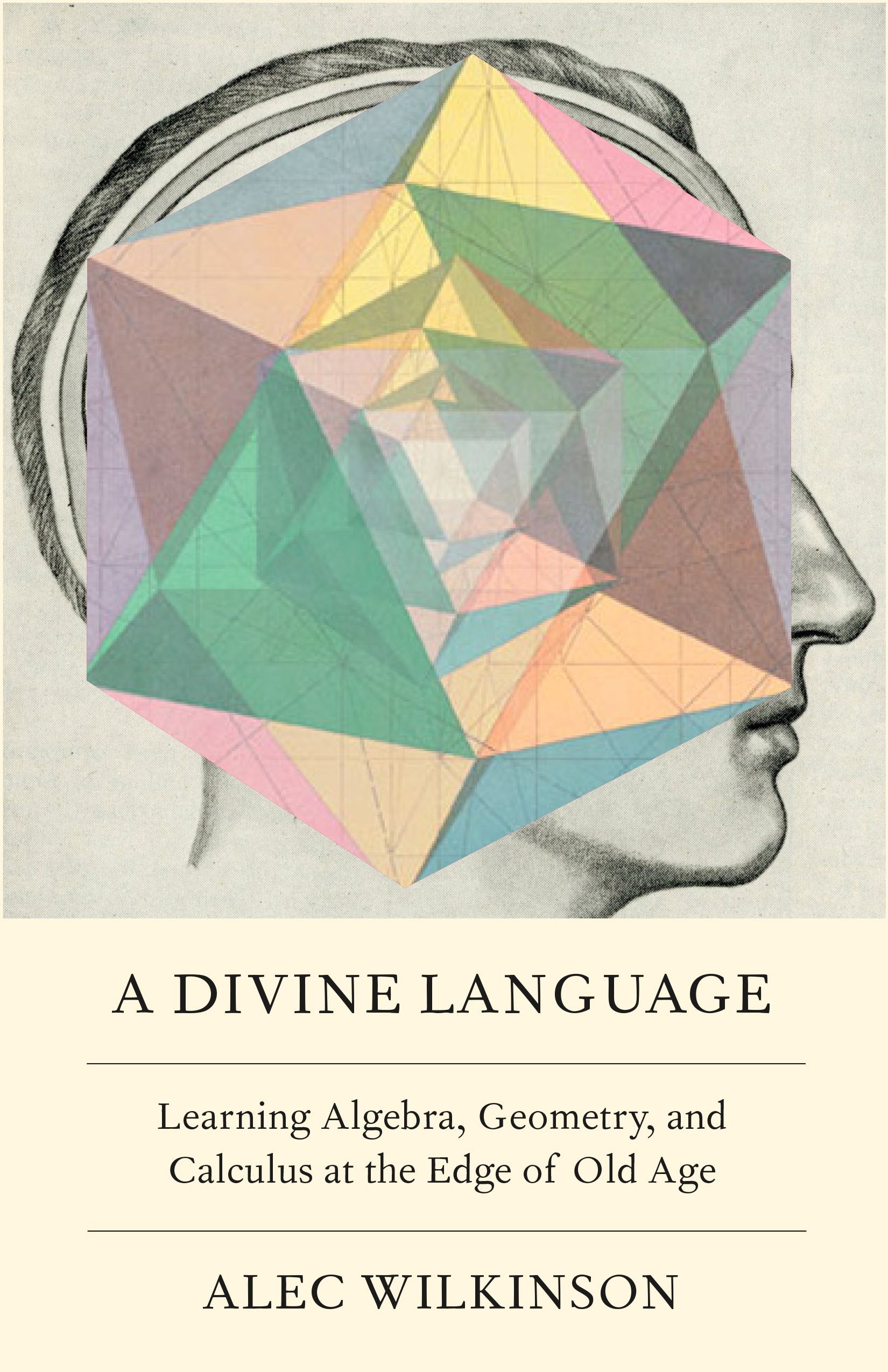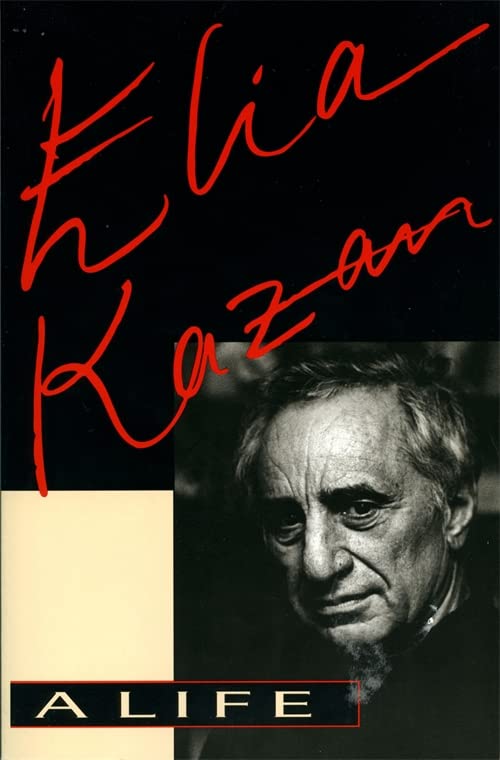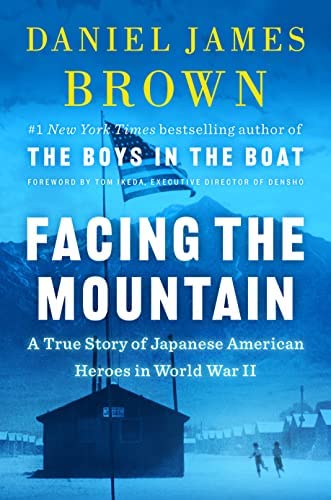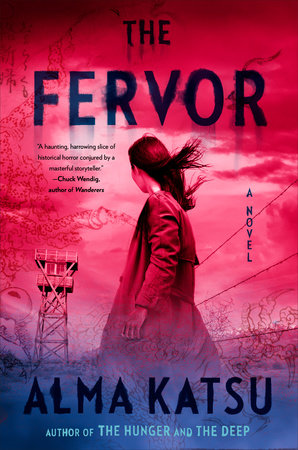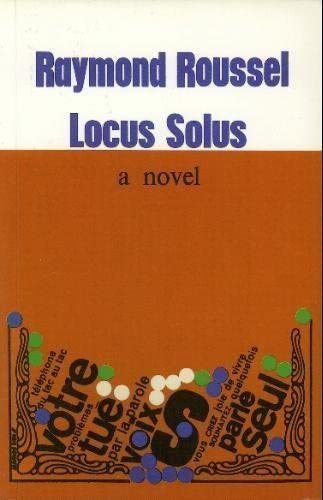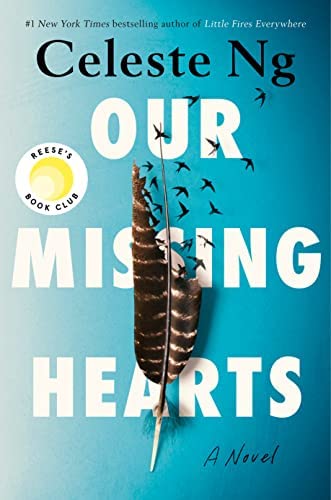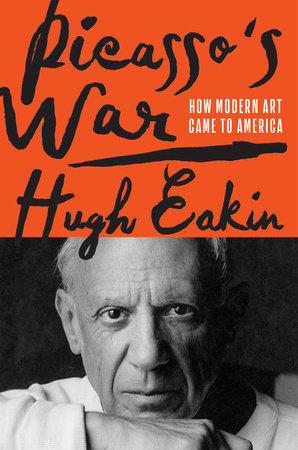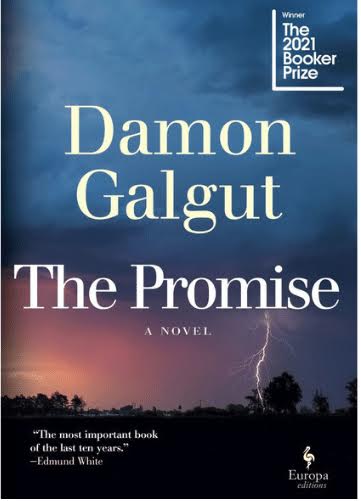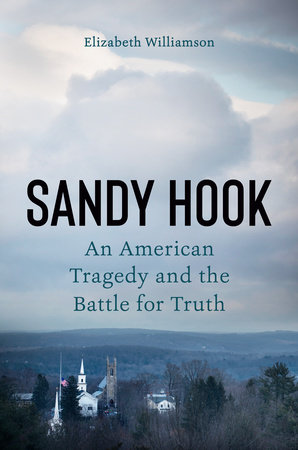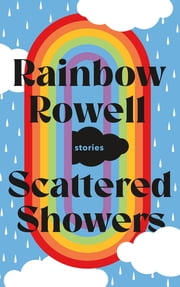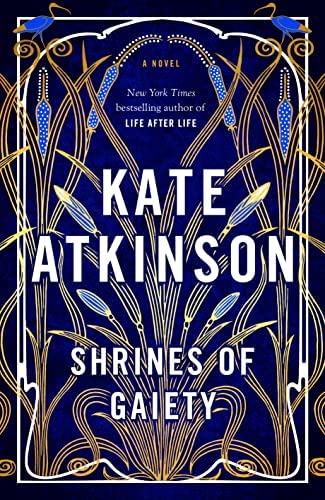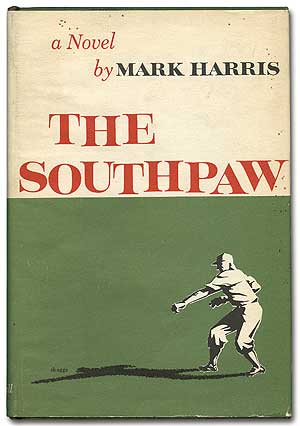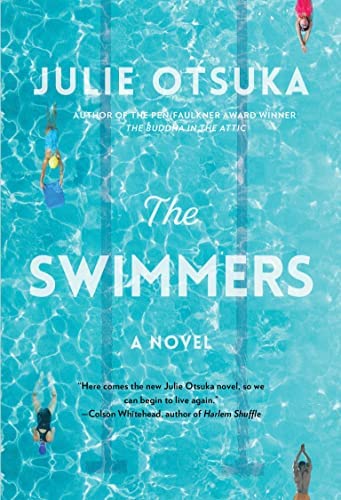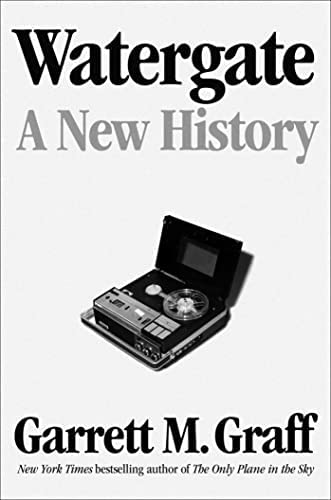Our Missing Hearts by Celeste Ng
Christina Sunley, author of Tricking of Freya, grants consultant and spouse of Oliver Kay, Acquisitions/Serials
A Dystopian Novel That Reveres Poets and Librarians
Imagine a future United States where Asians and Asian-Americans are demonized after a major economic crisis deemed to be China’s fault. Following a decade of widespread unemployment, civil unrest, violence, and destruction, an all encompassing federal law called PACT is passed:
PACT is more than a law. It’s a promise we make to each other: a promise that for people who weaken our country with un-American ideas, there will be consequences.
Most people accept PACT because PACT brought an end to the Crisis. Supposedly, PACT is not about race – except it is. PAOs – Persons of Asian Origin – are subject to random acts of violence, discrimination and constant suspicion. Anyone, in fact, can be the object of suspicion if they say, do or even think anything that might subvert PACT. And any parent engaging in acts of subversion can have their children taken away by the government, secretly adopted into new families – disappeared without a trace.
Twelve-year-old Bird has never known a time without PACT; he accepts the rules of PACT unquestioningly. But one day when Bird was nine his Asian-American mother, a poet, walked out the door and out of his life without a word. In public, Bird’s father disavows his wife. He tells Bird they must never speak of her. Bird knows that for some reason his mother is considered a traitor to PACT. But no one will tell him why.
After Bird’s mother is denounced as a subversive, Bird’s father, a White man who had been a professor at Harvard, is demoted to a job shelving books in the library. They lose their house and move to a tiny dorm room with bunk beds. Bird’s father is devoted and extremely protective of him, knowing that with his mix of Asian and Anglo features, and a mother branded as a traitor, Bird’s very existence is precarious.
Then one day Bird receives a mysterious drawing in the mail that he knows is from his mother – and so begins his quest to find her. Clues point to New York City, and in an act of daring for an unaccompanied child with Asian features, Bird runs away. (His walk from ChinaTown to the Upper East Side is gorgeously written and magically captures the city’s distinctive – and sometimes frightening – parade of neighborhoods.)
I won’t tell you any more of what happens to Bird, but I will tell you that this is such a lavishly written novel that I savored it bit by bit because I didn’t want it to end. And now I want to start it all over again. I’m not the only one; it’s a best seller with rave reviews and was just listed in the New York Times “100 Notable Books of 2022.”
But the most important thing you should know is that librarians play a crucial role in this novel, forming a kind of underground information railroad to track down the disappeared children and connect them to their parents. At great personal risk, they pass along bits of information; it’s too dangerous to write any of it down, so they store everything in memory: “An imperfect system, but the brain of a librarian was a capacious place.” They collate all the information “with the Rolodex of their minds.” If you’ve been looking for a book where librarians are revered, you’ll find it with Our Missing Hearts.

